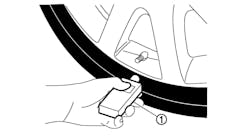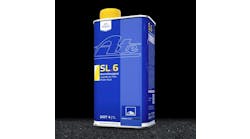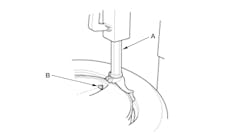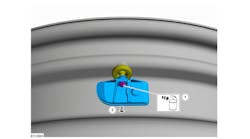Chilly temperatures make autumn an ideal time to implement a battery testing program. In warm weather, a vehicle’s electronics compensate for the lower power output of a marginal battery. That doesn’t happen when temperatures dip.
A battery loses 35% of its power at 32 degrees, says John Philbrook, director of the aftermarket transportation group at Midtronics Inc.
“As it gets colder the battery loses the power to produce energy, and the car requires more energy to crank it. At the first cold spell, no-starts are widespread.”
Philbrook compares a battery’s life to standing on the edge of a cliff. “Batteries don’t have a nice trend line when they get to the final stage of their useful life. You don’t know you’re standing on the edge of the cliff or even starting to fall down it until instead of a slow start you get absolutely nothing at all.”
A battery testing program is a proven strategy for boosting a shop’s revenues, according to equipment manufacturers. Testing the battery, starting system and charging system of each vehicle that a shop brings in will result in numerous additional opportunities to speak to customers about failing or soon-to-be failing batteries, rotating electrical components such as the starter motor and alternator, and connection issues.
Modern Tire Dealer asked Philbrook and several other experts about battery testing programs. They are:
* Matt Anderson, product manager for of the Automotive Service Solutions division of the Bosch Group;
* Jim O’Hara, vice president of marketing for Clore Automotive Inc., and
* Dale Gospodarek, vice president of marketing and strategy for the Power Solutions division of Johnson Controls Inc.
Their responses are in the August issue of MTD. See “Testing every battery in the fall is a ‘right-selling’ opportunity” in print, in the digital edition, and online.



